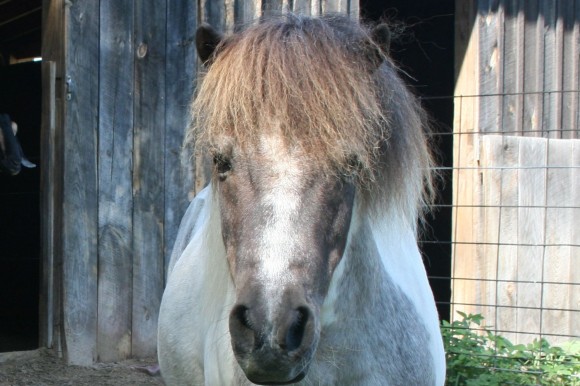 Spring may be just around the corner but Winter may still cause dry skin. The climate varies around the country, but the problems our skin experiences are similar. In the winter your skin is exposed to many harsh environments like dry indoor air, cold and wind outside, and a lack of sunshine. All this causes very dry, flaky irritated skin in the winter months. But there something you can do to be comfortable in your skin!  What you need to do is moisturize, exfoliate, and moisturize again. Your skin reacts differently in the winter so you need to adjust accordingly.
Spring may be just around the corner but Winter may still cause dry skin. The climate varies around the country, but the problems our skin experiences are similar. In the winter your skin is exposed to many harsh environments like dry indoor air, cold and wind outside, and a lack of sunshine. All this causes very dry, flaky irritated skin in the winter months. But there something you can do to be comfortable in your skin!  What you need to do is moisturize, exfoliate, and moisturize again. Your skin reacts differently in the winter so you need to adjust accordingly.
Cleansing: In the Winter one of the most important things to keep in mind is hot water dries your skin. As good as it feels to take a steaming hot shower your skin will suffer the consequences. If your skin is very dry try washing with water that is warm but not hot. You want your cleaning routine to be as moisturizing as possible, so you might want to change to one of our more moisturizing soaps such as Baby Me or Olive soap if you are not already using it.
Moisturize: Replenish Moisturizer is great but if you need something more in the winter try the Shea Body Butter, even though it is a heavier moisturizer, the ingredients are all non-comedogenic, so it can be used on your face without fear of clogging pores.
It is a good idea to use a heavier moisturizer in the winter since your skin has more extreme conditions to deal with. Itchy skin often happens because the dry air of winter is causing the moisture in the top layer of your skin to evaporate.
Exfoliate: This is done to remove dead skin cells and allow your skin to absorb the extra moisturizer you are applying. But don’t exfoliate more than twice per week.
Hydrotherapy: This stimulates your circulatory system for better blood flow to your skin. You can do this at home by using your shower. Start out with a warm shower, before you finish switch the water to cold for about fifteen seconds then back to warm. Repeat the process for two minutes. Try it and see if you don’t feel better.
Moisturize: The best time to moisturize is right after a bath or shower. The bath helps to hydrate your skin and the Shea Body Butter helps to keep it from evaporating.
And remember healthy skin starts from the inside, so eat healthy whole foods and drink plenty of water.
 I always plant cucumbers in my garden. This wonderful veggie is full of good nutrients for your face from the inside and out. It is a good source of Vitamin C and Molybdenum; both nutrients can help detoxify your skin and make it smooth and beautiful.
I always plant cucumbers in my garden. This wonderful veggie is full of good nutrients for your face from the inside and out. It is a good source of Vitamin C and Molybdenum; both nutrients can help detoxify your skin and make it smooth and beautiful.


